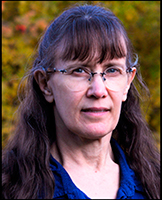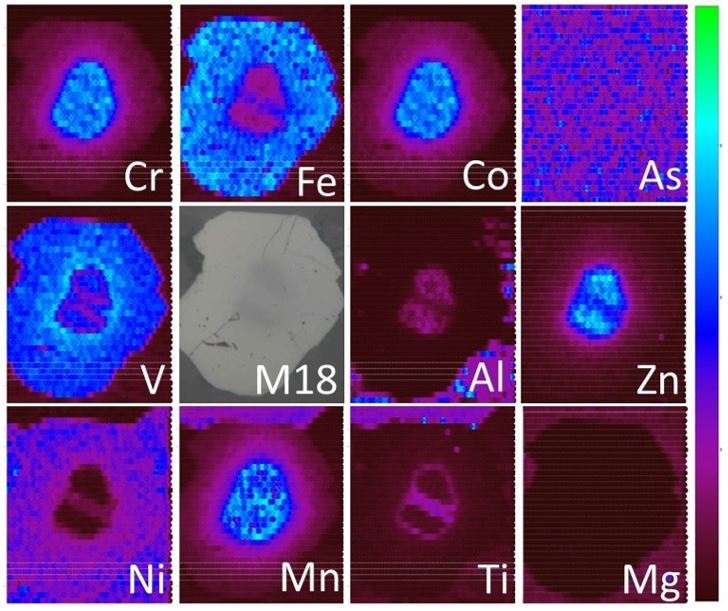Staff profile

| Affiliation | Telephone |
|---|---|
| Member of the Department of Archaeology |
Biography
Riia obtained a Bachelor of Science from Southern Oregon State College, in 1994. She finished her Master’s thesis in Geology in 1998, at the University of Alaska, Fairbanks on the Structural Geometry and Evolution of the Toyuk Thrust Zone, Brooks Range, Alaska. She completed her first PhD, in Geology, in 2009, at the University of Tasmania, Hobart on The Cambrian Metamorphic History of Tasmania. She spent a number of years employed as the manager of a Laser-Ablation Inductively Coupled Plasma Mass Spectrometry (LA-ICP-MS) laboratory at Luleå University of Technology, which experience led directly to decision to join the Durham Archaeology Department, despite the distance to her home in Lövånger, Sweden.
Research Topic
LA-ICP-MS Trace Element Composition Maps: A New Tool for Understanding the Biographies of Viking Age Swedish Steatite Household Objects; The Journey from Quarry to Crafting to Kitchen to Collections and Back Again

Abstract

This interdisciplinary research has two main focus directions. The first is a consideration of steatite artefacts in Sweden from a biographical perspective. The second presents a new approach for steatite provenancing, applying a technique used by the modern mining industry for prospecting: Laser-ablation ICP-MS trace element composition maps of accessory minerals, to steatite. The specific accessory minerals that grow in steatite (or any other metamorphic rock type) as it forms, and which trace elements get locked into their crystal structure, is a function of the temperature and pressure under which it formed, and how/if those conditions changed during the formation process. Therefore, while a single steatite quarry is likely to display rather large differences in the proportions of the major minerals present, which can translate to very different whole-rock compositions across the quarry (which, in turn creates challenges for many traditional approaches to geochemical based provenance studies), its accessory mineral “fingerprint” will be much more consistent.
Conference Contributions
Chmielowski, R., and Badreshany, K., 2019. Characterisation of Swedish Steatite via LA-ICP-MS, XRD and SEM. United Kingdom Archaeological Sciences 2019. Manchester, U.K. 24-26 April.
Chmielowski, R.M. Early Medieval Steatite Sources in Sweden. 13th Annual Early Medieval Archaeology Student Symposium. University of Durham/University of Newcastle, 11-13 April 2019.
Chmielowski, R.M., 2018, Viking-Age Steatite: Do Every-Day Household Objects Reveal Differences in Status?, Conference: Grave Concerns: Death, Landscape and Locality in Medieval Society, Durham, UK, 13-15 July 2018. https://www.researchgate.net/publication/326400683_Viking-Age_Steatite_Do_Every-Day_Household_Objects_Reveal_Differences_in_Status
Publications
Chmielowski, R. M. (2009). The Cambrian Metamorphic History of Tasmania. School of Earth Sciences. PhD Thesis. Hobart, University of Tasmania. 162 pages. http://eprints.utas.edu.au/9833/
Chmielowski, R. M. (1998). The Structural Geometry and Evolution of the Toyuk thrust zone, Brooks Range, Alaska. Department of Geology and Geophysics. MSc Thesis. Fairbanks, University of Alaska: 92 pages.
Selected Grants
Society for Medieval Archaeology, Eric Fletcher Fund, 2018, used to attend and present at the Conference: Grave Concerns: Death, Landscape and Locality in Medieval Society, Durham, UK, 13-15 July 2018.

